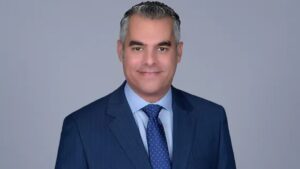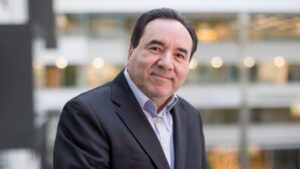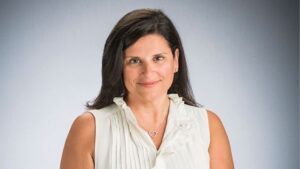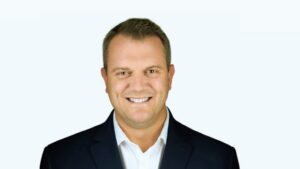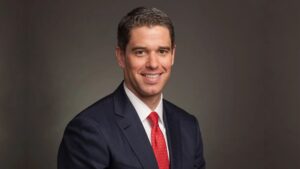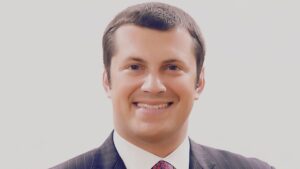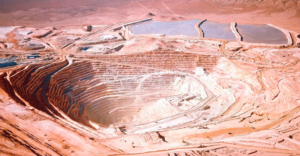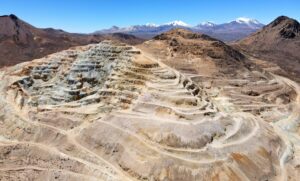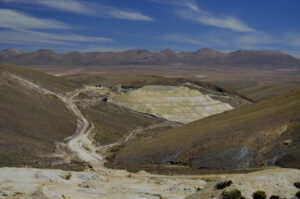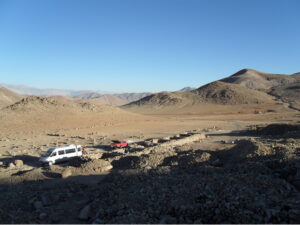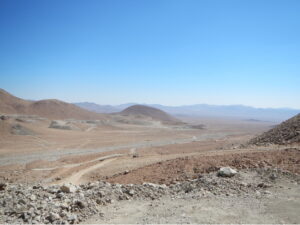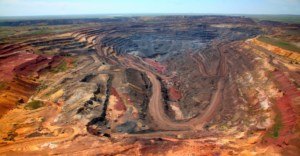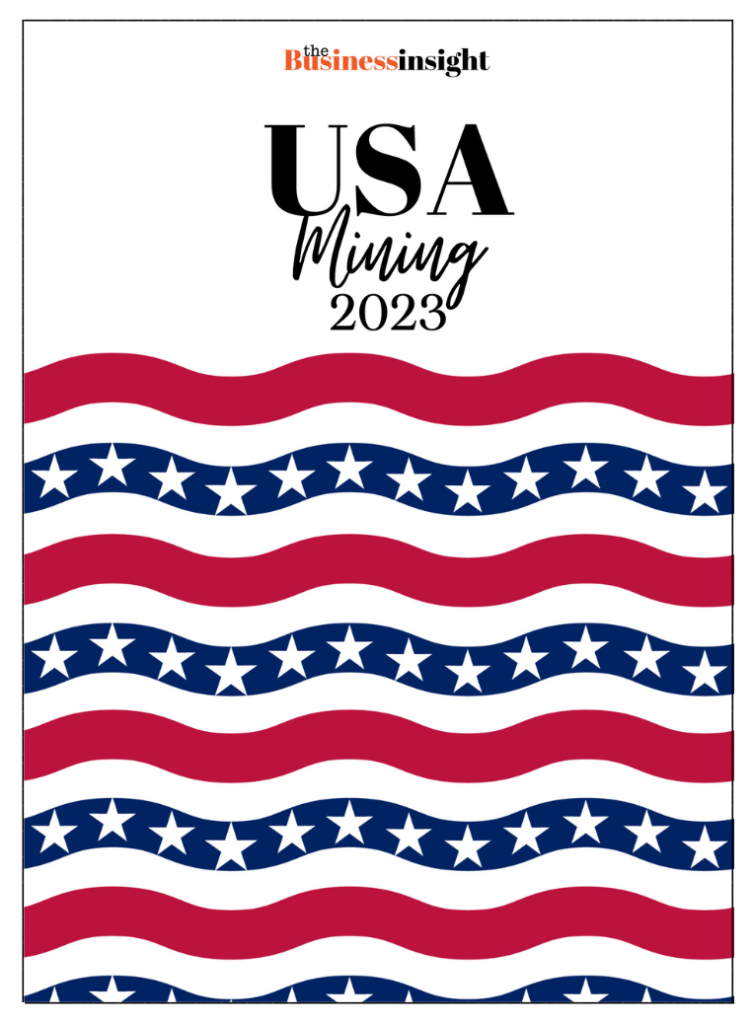
- Senegal | 15 June 2019

Can you provide us with the latest updates on the progress made at Diamba Sud following the second drilling round?
Diamba Sud, our flagship project located on the eastern side of Senegal along the Senegal Mali Shear Zone (SMSZ), has been yielding exciting results. The SMSZ is a structural corridor known for hosting several world-class mines such as Fekola, Loulo, Gounkoto, Sadiola, and Yatela, which share similarities with Diamba. Our recently completed 4,000-meter drilling program has surpassed our already significant findings to date. The results indicate a shared mineralization model seen in these neighboring tier-one assets. At Area D, we discovered continuous thick and high-grade mineralization close to the surface, including 55 meters at 4.3 g/mt and 48 meters at 6.7 g/mt across the section. With five adjacent holes covering a width of 200 meters and open in multiple directions, including depth, these results enhance the potential for Diamba Sud to achieve the scale seen at other mines in the SMSZ.
Could you assess the geological and geopolitical prospects of Senegal, considering its comparatively lower exploration activities compared to its neighbors?
Senegal possesses two Birimian greenstone belts that host significant gold deposits. However, the country is relatively new and smaller in terms of gold production compared to its West African counterparts. Historically, Senegal had limited exploration due to the political situation before 2000. However, since then, the country has experienced stable democratic elections, which is rare in Africa. Modern exploration began with the introduction of the mining code in 2003, followed by a revision in 2016, providing a stable regulatory framework. Despite initial challenges in detecting anomalies due to the region’s topography, Senegal is part of what I refer to as the “Africa Alley,” along with Namibia, Botswana, and Ghana. These countries offer relatively high geopolitical and regulatory stability. Positive developments such as Resolute acquiring Toro Gold, Teranga’s acquisition of Massawa, and a US$4 billion offshore liquid gas project in progress indicate encouraging prospects for Senegal.
With fresh funds raised for the next drilling phase, could you provide insights into the investor base of Chesser Resources?
Chesser Resources has traditionally been predominantly held by retail investors, with a significant portion from Australia. However, over the past year and a half, we have gained increased exposure from European, British, and North American investors, and we are now looking to expand our offshore component further. Our recent financing round was oversubscribed, and we are encouraged by the support received from mainly Australian institutions. With full financing secured, we are well-prepared for our next significant drilling program, scheduled to begin in October after the rainy season.
How do you anticipate the spike in gold prices impacting the junior space?
Typically, gold producers are the first to respond to major fluctuations in gold prices, followed by exploration companies. I believe there is still room for gold prices to rise, considering the ongoing uncertainties surrounding the coronavirus and the global economy. Funding for exploration has been limited over the past five years, and as a result, we anticipate increased interest in gold assets to meet production demands. Quality assets are scarce, and major and mid-tier companies will seek a pipeline of projects to expand their resources.
In the long run, how do you envision gold maintaining its status as a safe haven asset?
Gold has not consistently acted as a traditional safe haven asset in recent times. However, the current trend has restored confidence in the commodity due to devaluing currencies, stalled productivity, and global uncertainty. The rush toward gold funds is indicative of this shift in market sentiment.
What are the next steps for Chesser Resources?
Our primary focus is advancing the discovery at Area D. This area may represent a continuation of the mineralized trend observed at our high-grade Area A. We have planned a significant drilling program to better understand and potentially extend the shallow mineralization we have encountered thus far. By the summer of 2021, we aim to have a substantial portion of the drilling program completed and begin compiling our maiden resource estimate, which will be a crucial milestone considering our acquisition of the property in 2017. Additionally, we plan to undertake a first phase of metallurgical testing to de-risk the project and assess the presence of refractory ore. In the short to medium-term, we anticipate ramping up development activities.
Any final thoughts you would like to share?
The remarkable results we have achieved so far speak for themselves, and I believe we have only scratched the surface of the potential at Diamba Sud. The discoveries made in shallow ground indicate the possibility of significant expansion in depth and along strike. All the necessary elements for a substantial project are present, and we believe we have deciphered the “geological code,” so to speak. The value of a company often grows during the discovery phase, and we are well-positioned for future growth with active neighbors, a favorable jurisdiction, and high gold prices. This sets the stage for exciting news flow and potential company expansion in the months to come.


